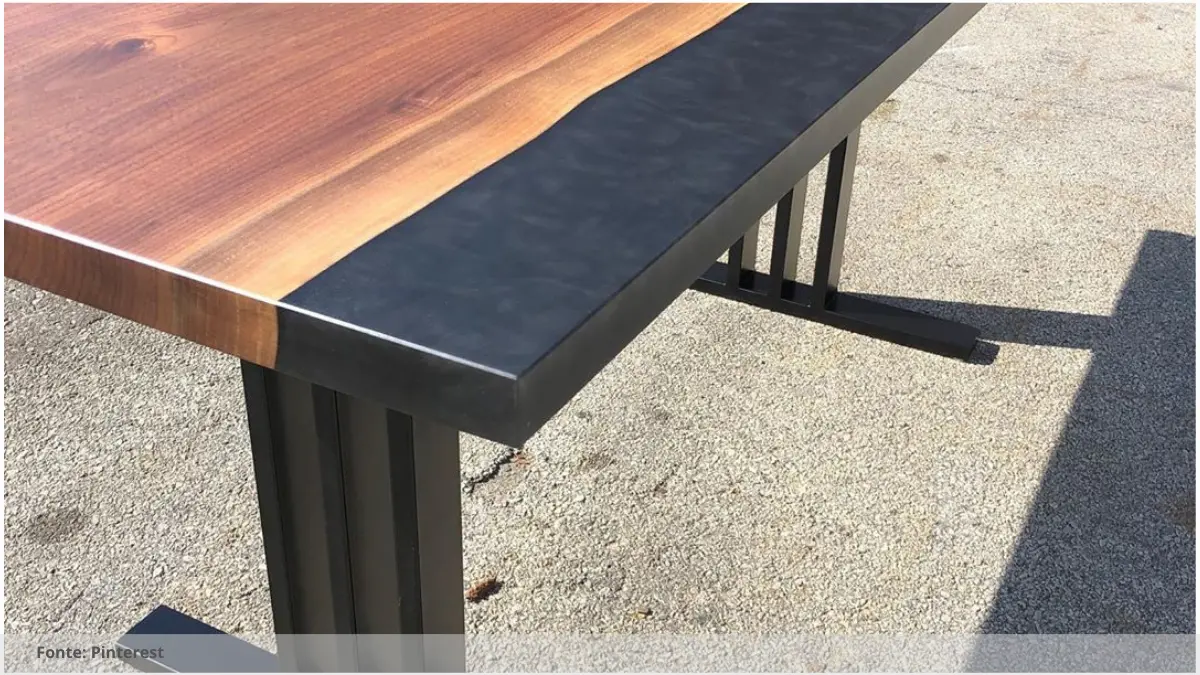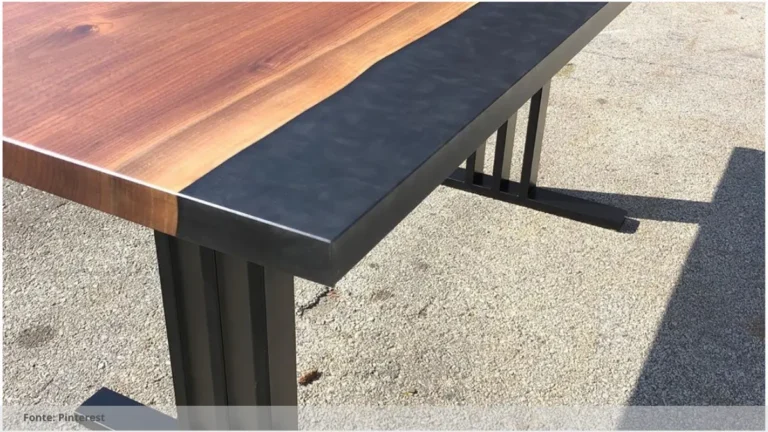
Resin Epoxy Clock: A Step-by-Step Guide to Creating a Stunning Timepiece
Resin epoxy clocks have become a popular DIY project for crafters and artisans alike. These unique timepieces combine the beauty of resin with the functionality of a clock, creating a stunning piece of art that is both decorative and practical. Before you begin your resin epoxy clock project, you will need to gather a few materials. These include a clock mechanism, epoxy resin, pigment dyes, a mixing cup, stirring sticks, a silicone mold, and any decorative elements you wish to include in your clock. To start, prepare your epoxy resin according to the manufacturer’s instructions. Mix in your chosen pigment dyes to create the desired color for your clock. Pour the resin into the silicone mold, making sure to leave space for the clock mechanism. Once the resin has set but is still slightly tacky, you can add any decorative elements you wish to include in your clock. This could be anything from dried flowers to glitter to small trinkets. Be creative and make your clock truly one-of-a-kind. After the resin has fully cured, carefully remove it from the mold. Using a drill, create a hole in the center of the clock face to accommodate the clock mechanism. Insert the hands of the clock, followed by the battery-operated mechanism, and secure them in place. Once your resin epoxy clock is complete, it’s time to display it proudly in your home or give it as a gift to a friend or loved one. Hang it on the wall or place it on a shelf for all to admire. No matter where you choose to display it, your resin epoxy clock is sure to be a conversation starter. Read the Recent Articles of the Day by Clicking Here! One important suggestion is to carefully read and follow all safety instructions and guidelines provided by the manufacturer when working with resin epoxy. This includes wearing protective clothing, gloves, and a respirator mask to prevent any potential health hazards associated with the chemicals used in the process. Additionally, it is essential to properly mix the resin epoxy according to the manufacturer’s instructions to ensure a strong and durable bond. Failure to do so may result in the clock not setting properly or having a messy finish. Lastly, take your time and have patience when creating your resin epoxy clock. Rushing through the process can lead to mistakes and a less-than-desirable final product. Enjoy the creative process and take pride in creating a stunning timepiece that you can display and enjoy for years to come. To make a resin epoxy clock, you will need a clock mechanism, resin epoxy, resin molds, mixer, color pigments, mixing cups, stir sticks, and a protective covering for your work area. Creating a resin epoxy clock typically takes 1-3 days, including pouring and curing time for each layer of resin, as well as assembly and finishing touches. Yes, beginners can successfully create a resin epoxy clock with proper research, practice, and attention to detail. Starting with small projects can help build skills before tackling larger ones. Yes, there are various design options for resin epoxy clocks, including different colors, shapes, patterns, and materials to customize the clock to fit your style and preferences. So, what do you think about this subject? Share your opinion in the comments and let’s continue discussing together!Materials Needed
Creating the Resin Epoxy Clock
Adding Decorative Elements
Inserting the Clock Mechanism
Displaying Your Resin Epoxy Clock

Frequently Asked Questions: Resin epoxy clock
What materials do I need to make a resin epoxy clock?
How long does it take to create a resin epoxy clock?
Can beginners successfully create a resin epoxy clock?
Are there different design options for resin epoxy clocks?
Read more Contents:


